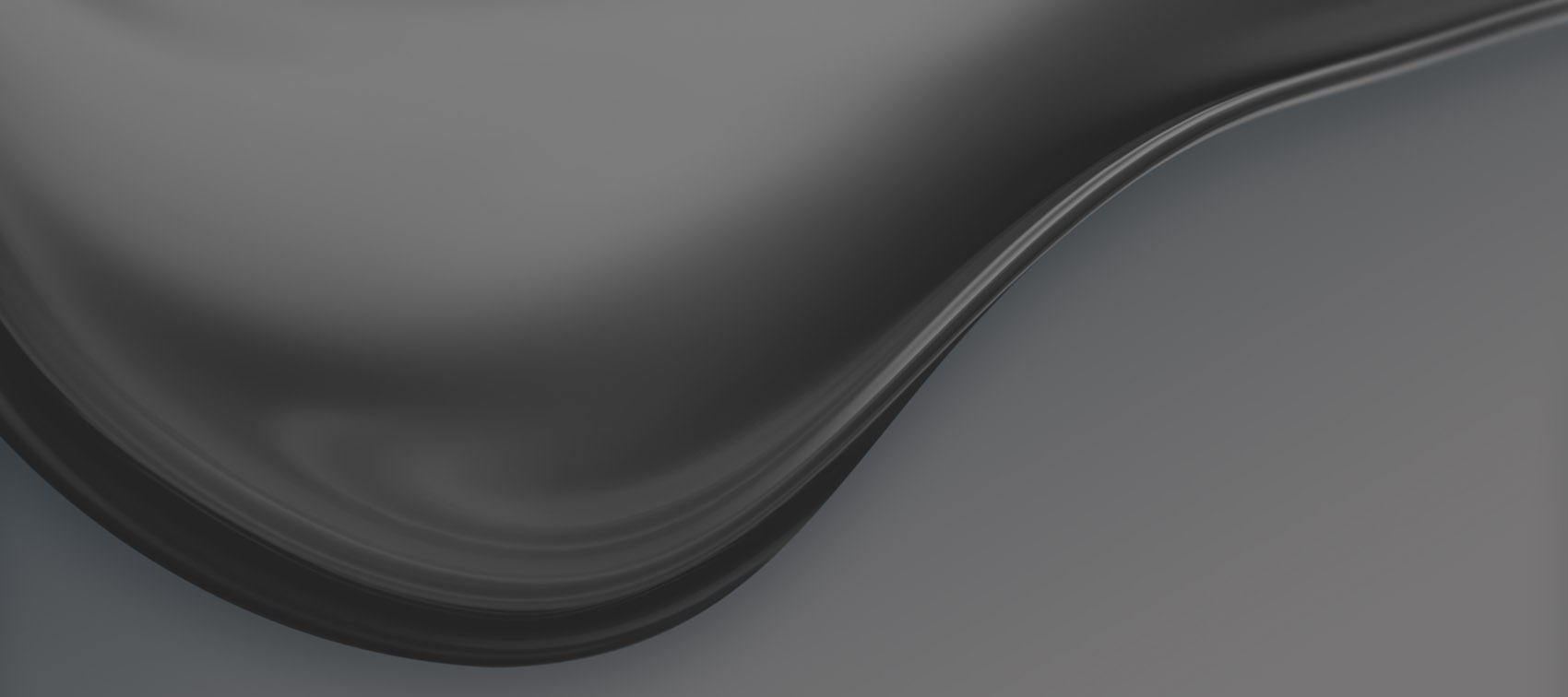In light of the EU’s phase-out of amalgam fillings and patients increasingly demanding safer, more environmentally-friendly restorations, clinicians now need to look for an effective, long-lasting, mercury-free alternative. Let’s take a look at glass ionomers and uncover six persuasive reasons for dental practitioners to switch to this tried and tested material.
- Less eco-impact
Glass ionomers are considered a safe alternative to amalgam as they’re mercury-free and have provided no evidence of environmental toxicity[i]. They’re made from acrylic and a component of glass called fluoroaluminosilicateand set with an acid/base reaction which results in a long-term stable ionic bond.
- Enable minimally invasive dentistry
Glass ionomers help to preserve and strengthen tooth structure[ii] and are less invasive than amalgam fillings which often require larger cavities to be prepared by further tissue removal. This can damage healthy tissue, weaken tooth structure and even fracture teeth. Using glass ionomers allows natural tooth structure to be preserved as large cavities and undercuts are not necessary.
- Prevents caries
Glass ionomers contain bioactive properties known to help prevent caries occurring. An ionic exchange continues throughout the lifetime of the restoration resulting in a dynamic bioactive interaction between the material and the tooth, which causes the tooth tissue to form new, permanent tissue with a composition close to the original one.[iii],[iv]
- Atraumatic restorative treatment (ART)
ART, a technique for placing glass ionomer fillings, and other minimally invasive techniques, glass ionomers are proven to be more accessible and less expensive than amalgam – an easier and more economical alternative.
- Faster placement
An Irish study found that ART can be completed five minutes faster than either amalgam or composite: “In order to estimate costs for treating patients with either ART or CT [conventional technique; i.e. amalgam or composite] technique, the procedure for placement of restorations was timed using a stopwatch. The average time of procedures was 13 minutes for ART and 18 for conventional restorations.”[v]
- Low failure rate
According to a European Environmental Bureau report, glass ionomers have a low mean annual failure rate of 4.2% when compared with 7.6% for amalgam.[vi] Not only are they safer and less invasive, they also last as long, if not longer, than amalgam fillings.
Make the switch
With such high-performing materials available, today’s dental practitioner has no cause to worry about the phase-out of dental amalgam. On the contrary, the clinical evidence now stacks up on the side of mercury-free alternatives such as glass ionomers, making the reason to switch no longer about following regulations on amalgam, but rather about finding the best materials for the job.
To find out more about SDI’s riva product range or to place an order CLICK HERE or book a FREE “Lunch & Learn” CLICK HERE
Author
Michael Farrow is SDI European Sales Manager.
[i] World Alliance for Mercury-Free Dentistry. Mercury-free alternatives [online] Available at https://mercuryfreedentistry.net/mercury-amalgam/mercury-free-dental-restorations-are-available/ [Accessed 30th Nov 2017].
[ii] World Alliance for Mercury-Free Dentistry. Mercury-free alternatives [online] Available at https://mercuryfreedentistry.net/mercury-amalgam/mercury-free-dental-restorations-are-available/ [Accessed 30th Nov 2017].
[iii] Wan Ac, Yap AU, Hastings GW. Acid-base complex reactions in resin-modified and conventional glass ionomer cements. J Biomed Mater Res. 1999;5:700-704.
[iv] European Environmental Bureau (EEB). Technical Advantages of Mercury-Free Dentistry, 25.05.2016.
[v] Da Mata et. al., Cost-effectiveness of ART restorations in elderly adults: A randomized clinical trial, Centre for Policy Studies, University College Cork, National University of Ireland, https://www.ucc.ie/en/media/academic/centreforpolicystudies/CPSWP13-006-daMataC,AllenPF,CroninM,OMahonyD,MckennaG,WoodsNCost-effectivenessofARTRestorationsinElderlyAdults.pdf, pp. 5-6-,8, 10)
[vi] European Environmental Bureau (EEB). Technical Advantages of Mercury-Free Dentistry, 25.05.2016.





